Useful ploughing: a fundamental technique shaping the future of agriculture
Used for thousands of years, the plough has been evolving constantly . As its use now sparks heated and divisive debates, we believe it is essential to take a closer look at this controversial agricultural practice.
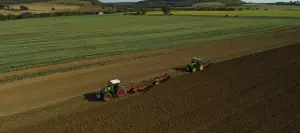
Where do we stand with ploughing in France and Europe?
Key figures at a glance
In Europe, 40% of Utilised Agricultural Areas (UAA) is ploughed and the best-selling model is a five bodied mounted reversible plough. Tractors equipped with ploughs travel an estimated 200km per year on public roads. In the fields, weed control efficiency depends on ploughing depth: at 15cm , 80% of weeds are eliminated, beyond 15cm , up to 90% of weeds are eradicated.
Agronomic and economic advantages of ploughing
Ploughing reduces the dependence on phytosanitary products by allowing for effective mechanical weed control. In Conservation Agriculture (CA) systems, herbicide use is estimated to be 90% higher compared to conventional ploughing systems.
Ploughing remains the most effective weed control method, due to its preventive and curative actions, by burying unwanted plants, it reduces both their growth and seed bank, ensuring long-term effectiveness. Ploughing improves soil porosity and ensures optimal incorporation of livestock effluents, leading to quick mineralisation.
Additionally, turning the soil helps reduce the presence of pathogens, by disrupting the life cycles of organic debris, fungi, spores, bacteria, and micro-organisms. This is achieved through residue burial and exposure to weather conditions. Ploughing helps control infestations of rodents, gastropods, and insects by destroying their habitat and exposing them to conditions unfavourable for their development, reducing their threat to crops.
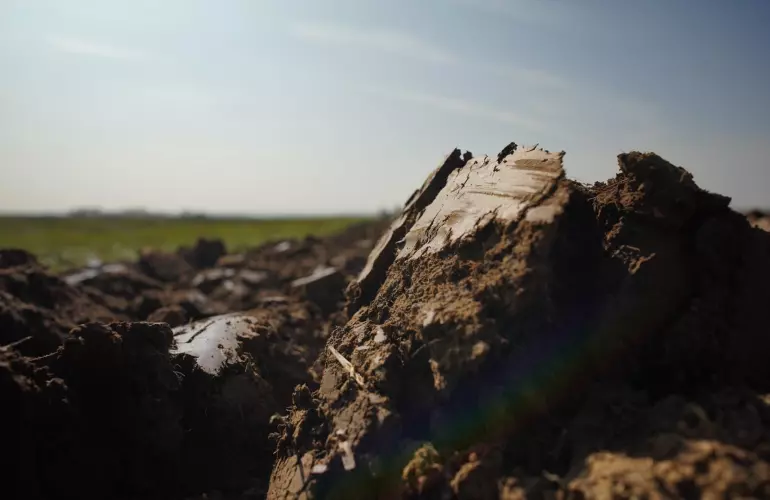
Moreover, ploughing creates a uniform seedbed, by warming, aerating, loosening, and levelling the soil, ensuring better soil-seed contact and promoting germination. A well-prepared soil enhances yield stability by supporting uniform plant growth, and improving the effectiveness of post-emergence treatments. Moreover, ploughing remains a reliable technique even under extreme weather conditions and in challenging harvest conditions, particularly for crops such as sugar beets and maize (grain or silage).
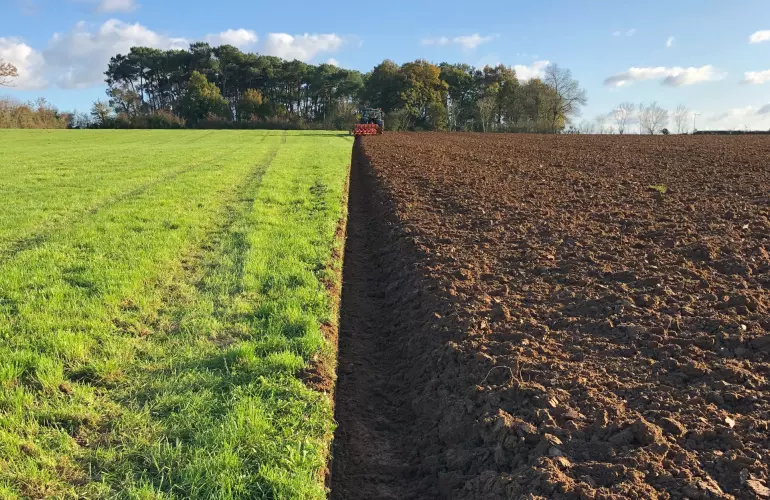
According to PAYSAN BRETON, crops sown after ploughing achieve more consistent yields, with significant gains compared to those grown under No-Till Farming Techniques and Direct Seeding systems.
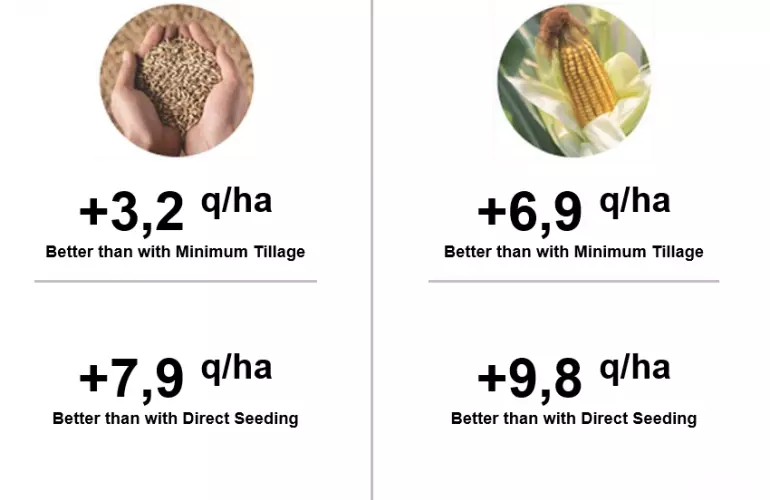
Choosing the right plough
The primary criterion when selecting a plough is finding a machine capable of delivering high-quality work, ensuring optimal results. To enhance productivity, the field output rate is also a critical factor. In addition, profitability and yield stability should always be a priority, integrating technologies and innovations that enhance the economic performance of the farm. The ergonomic design of the plough is equally important, providing intuitive handling and ensuring maximum comfort for the operator.
These factors guide the farmers toward a machine that not only meets performance requirements but also ensures safety and comfort during operation.
With a proud legacy as pioneers and leaders in French plough manufacturing, we remain dedicated to supporting farmers in a rapidly evolving agricultural world where ploughing continues to be an essential practice for soil management.
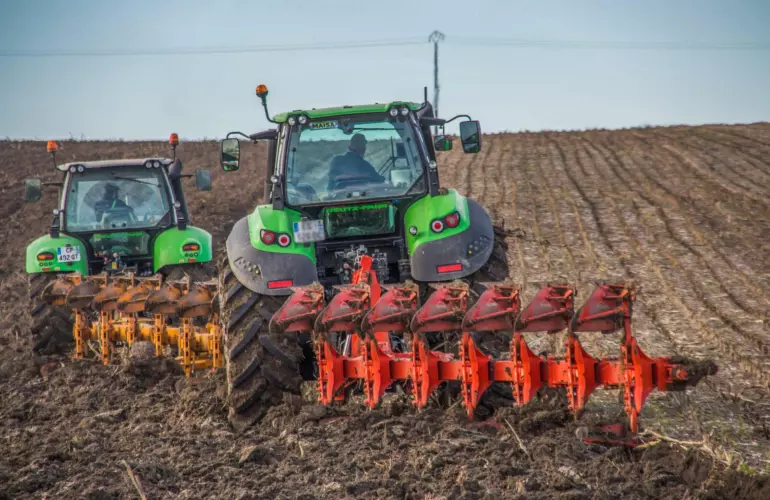
With nearly 160 years of experience in ploughing, our role is essential in promoting sustainable and efficient agricultural practices in the face of climate, economic, and ecological challenges. Our main priority is to maintain a strong, trusted relationship with farmers by remaining attentive to their needs and objectives in ploughing.
Useful ploughing: a matter of common sense
To meet the needs of future farmers, we blend our expertise with the latest innovations to restore ploughing as a key technique for the future of agriculture.
Rather than getting caught in PRO or ANTI-PLOUGHING debates, it is crucial to stay pragmatic.
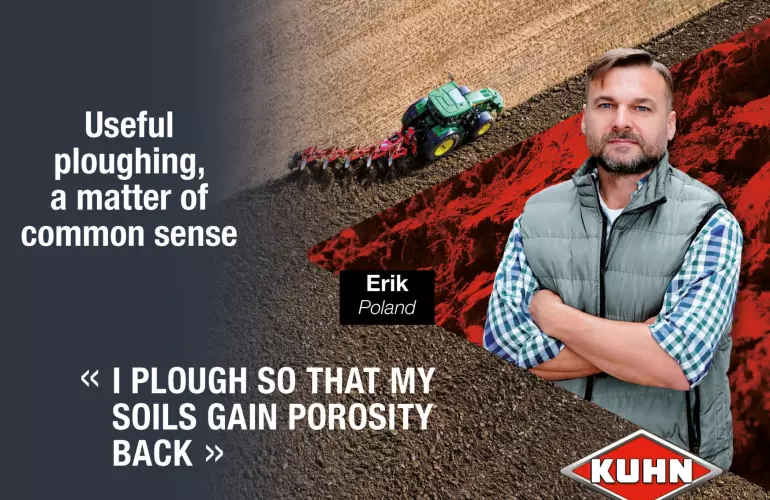
Given the wide range of tillage techniques available, prioritising one method over others may ultimately be counter-productive. When applied appropriately, the adaptation and complementarity of soil management methods enable farmers to harness the unique advantages of each technique, tailored to the specific needs and conditions at any given time.
Integrated ploughing takes into account soil characteristics and climate conditions to determine the ideal depth and frequency of ploughing. By minimising excessive ploughing, the risks of soil erosion are reduced, biodiversity is preserved, and energy efficiency is optimised. Using the plough in combination with other tillage equipment helps maximise both agronomic and environmental benefits.
At our Châteaubriant facility, we oversee the entire production process, from forging to finishing, offering a wide range of mounted and semi-mounted ploughs with various configurations to adapt to different working conditions. By using the finest European steel in our forges, we produce reliable machines that meet the high-quality standards expected by farmers. Choosing KUHN to optimise your results means choosing expertise dedicated to shaping the future of agriculture.

For more information...
Come and discover our plough ranges!
Discover our ploughsOther News
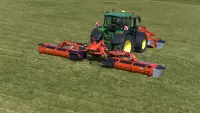
A new way of grouping fodder with the GMD 9530 RV
KUHN introduces the GMD 9530 RV disc mower with an auger grouper, allowing you to mow and deliver a swath in one pass, boosting productivity...
Read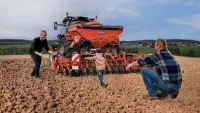
The VENTA pneumatic seed drill celebrates its 30th anniversary!
Thirty years ago, the VENTA pneumatic seed drills made their debut in the fields. They made agricultural history by offering a revolutionary...
Read
VB 7100 first AEF Certified Section Controlled balers
VB 7100 series balers: the world’s first Section Controlled balers with a GPS automated pick-up.
Read